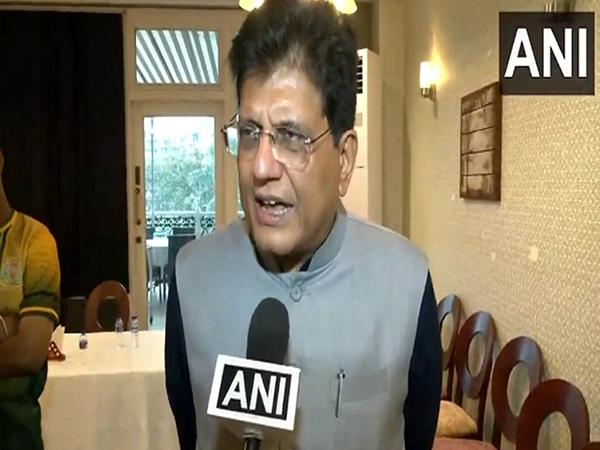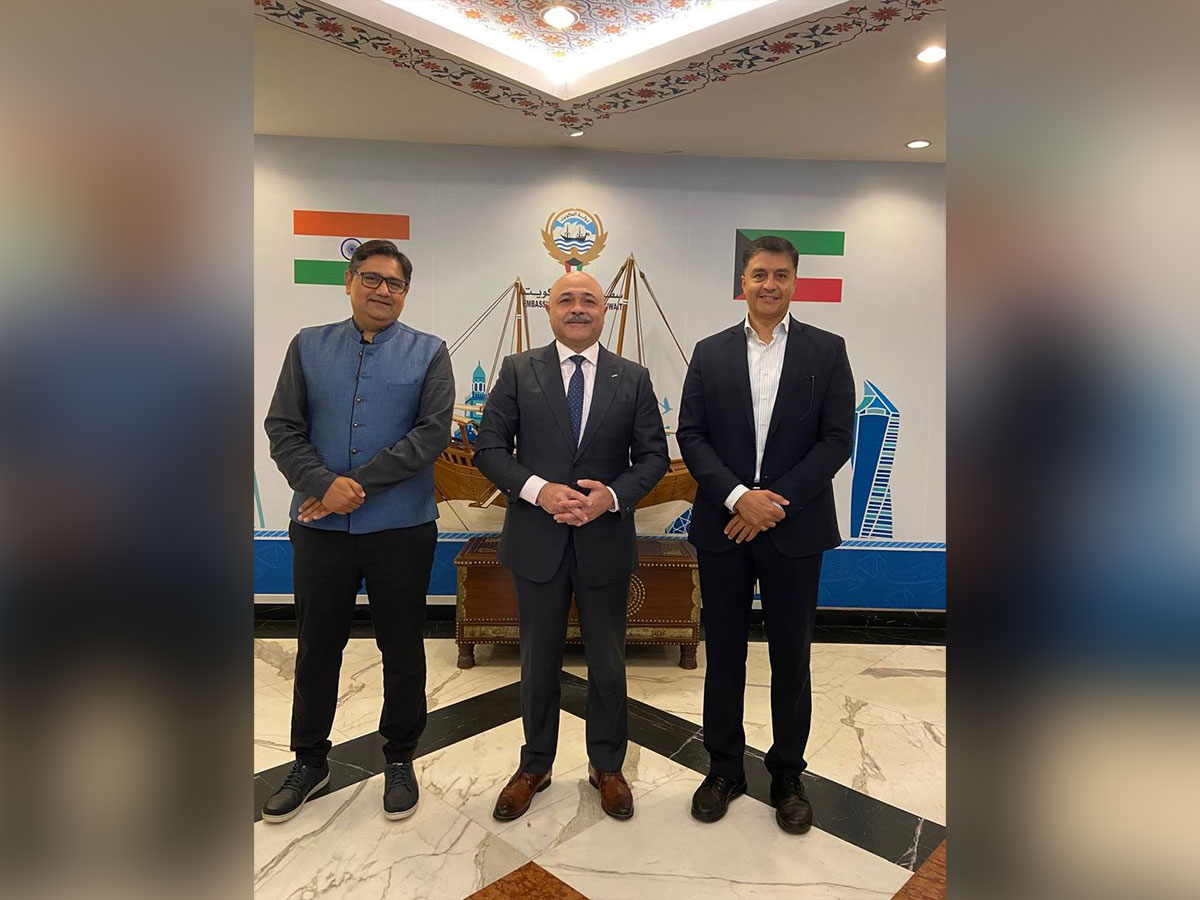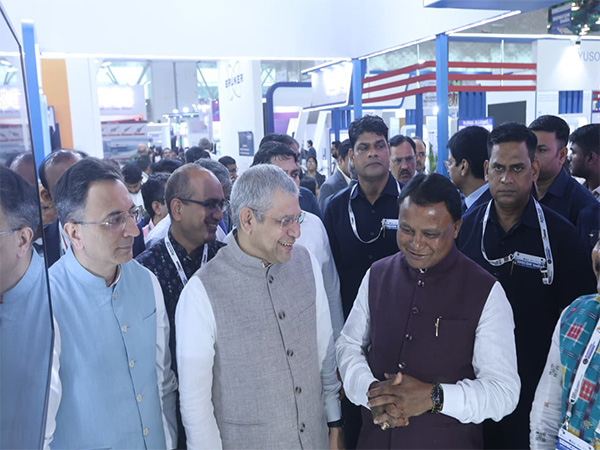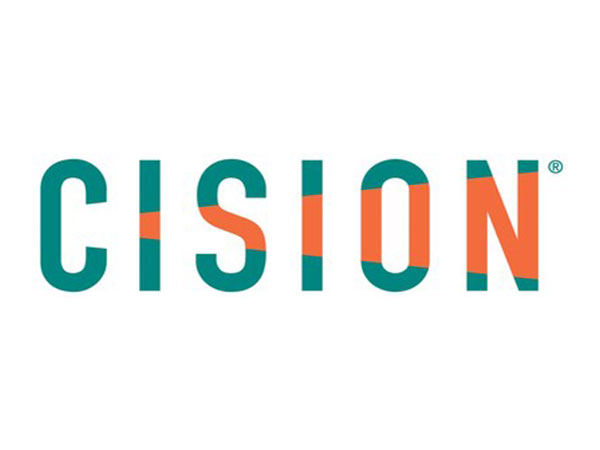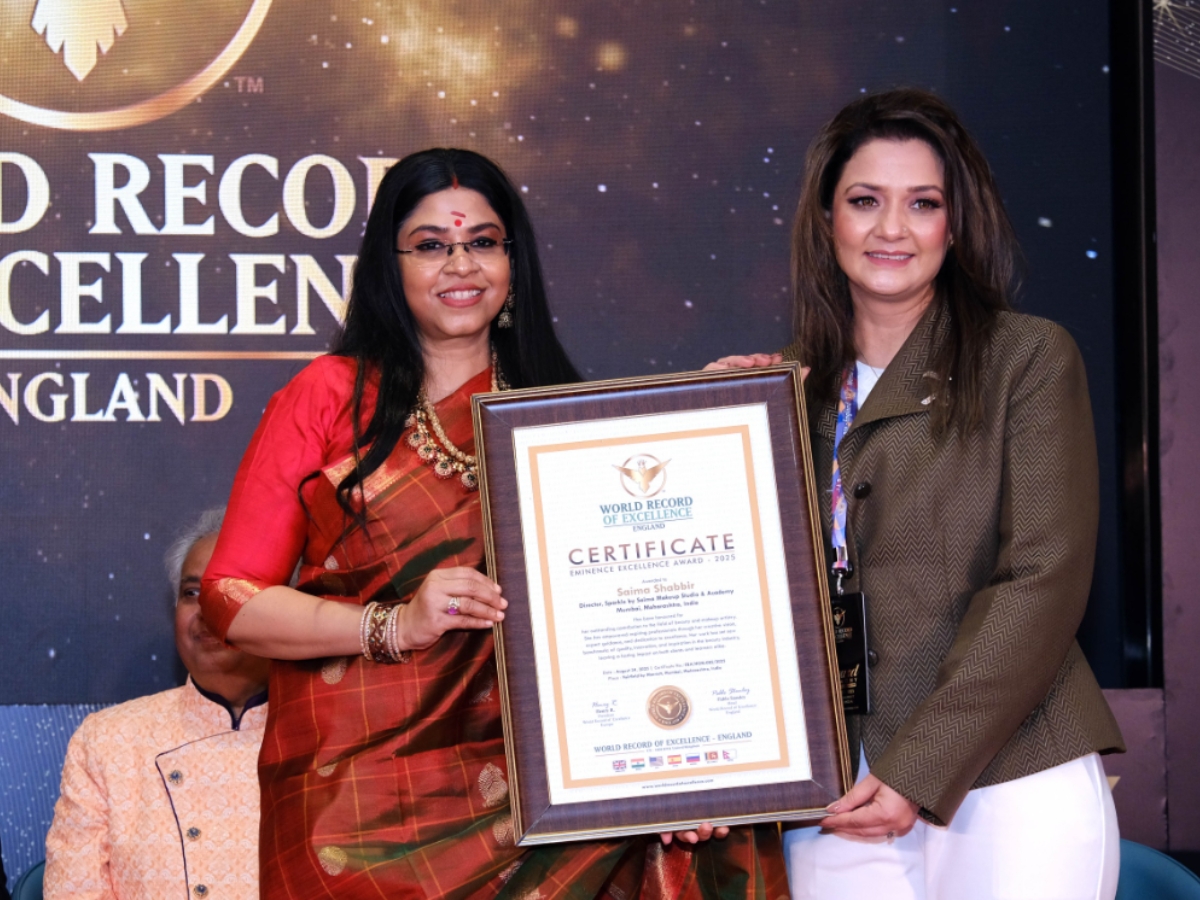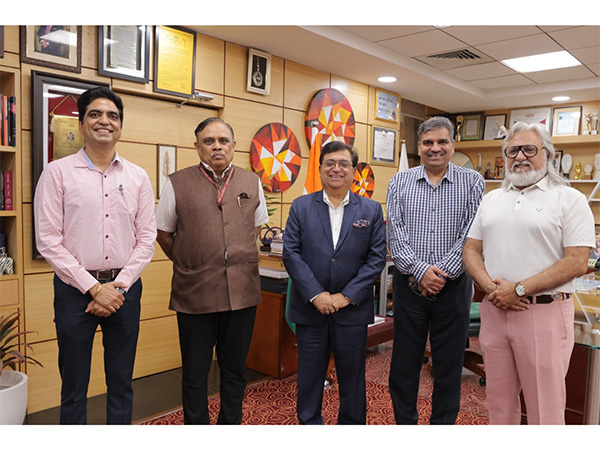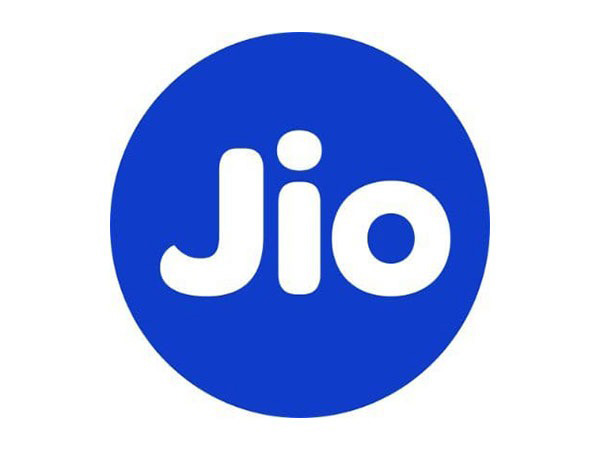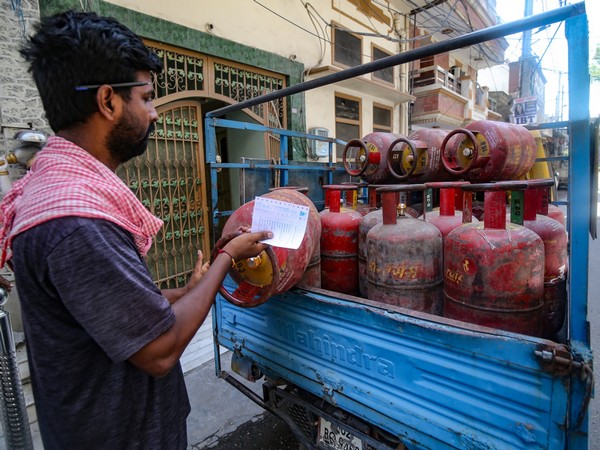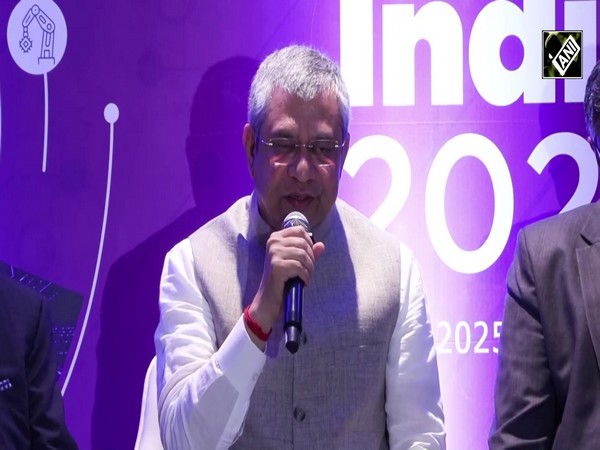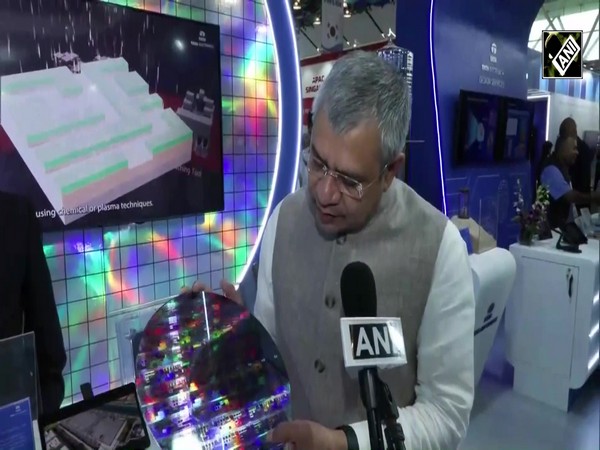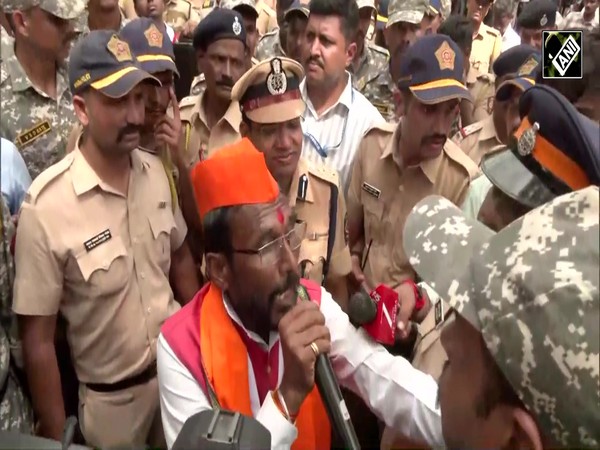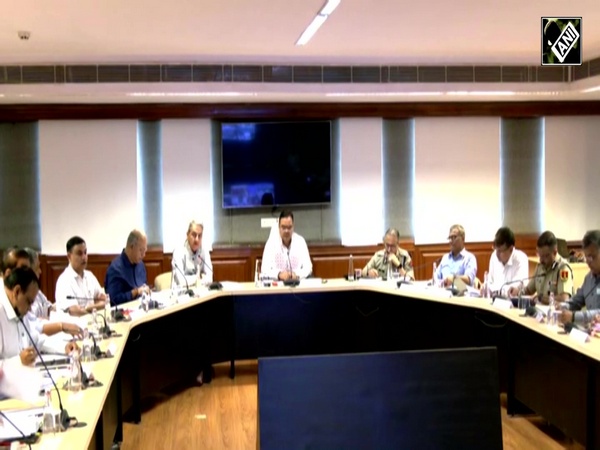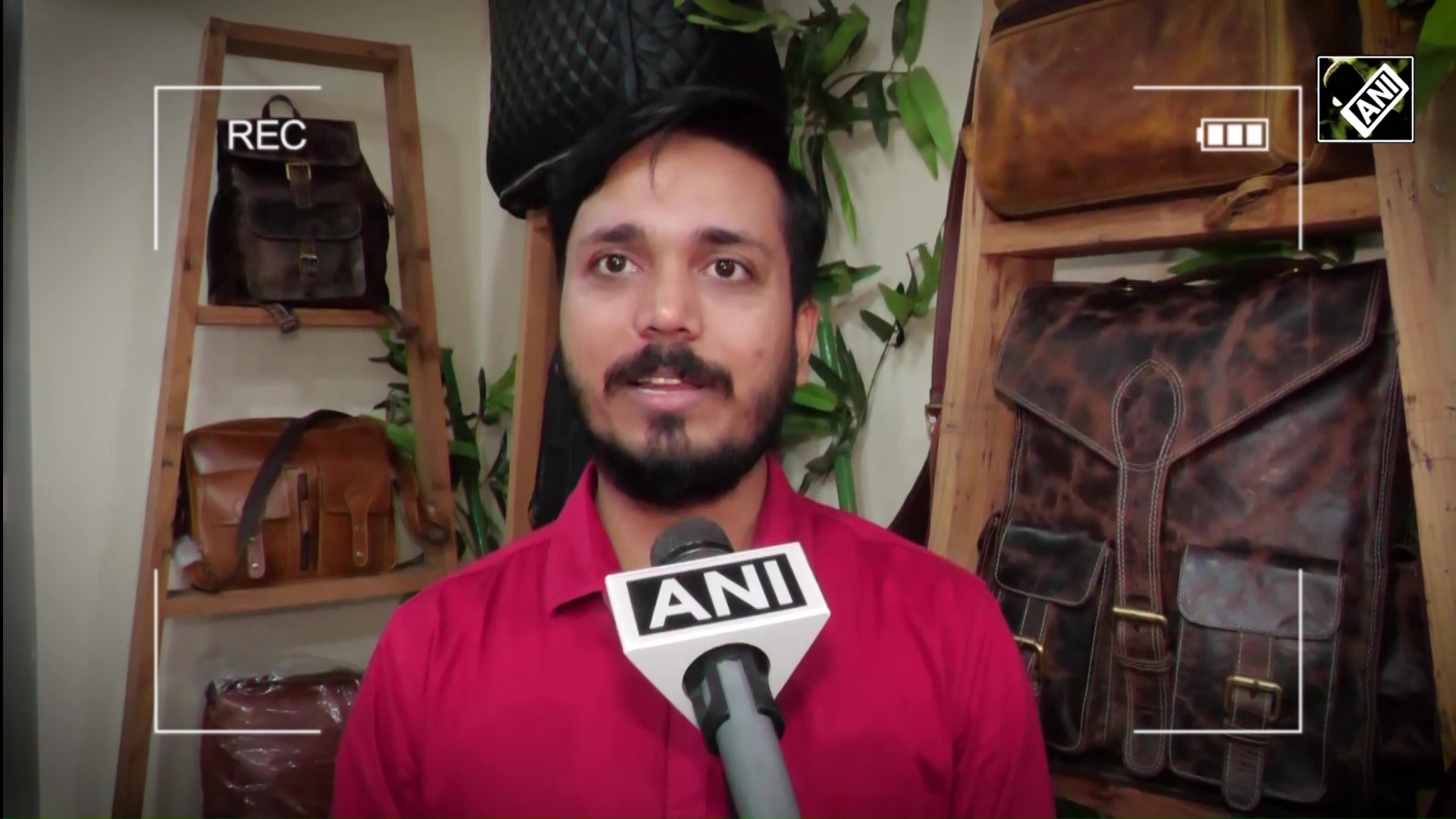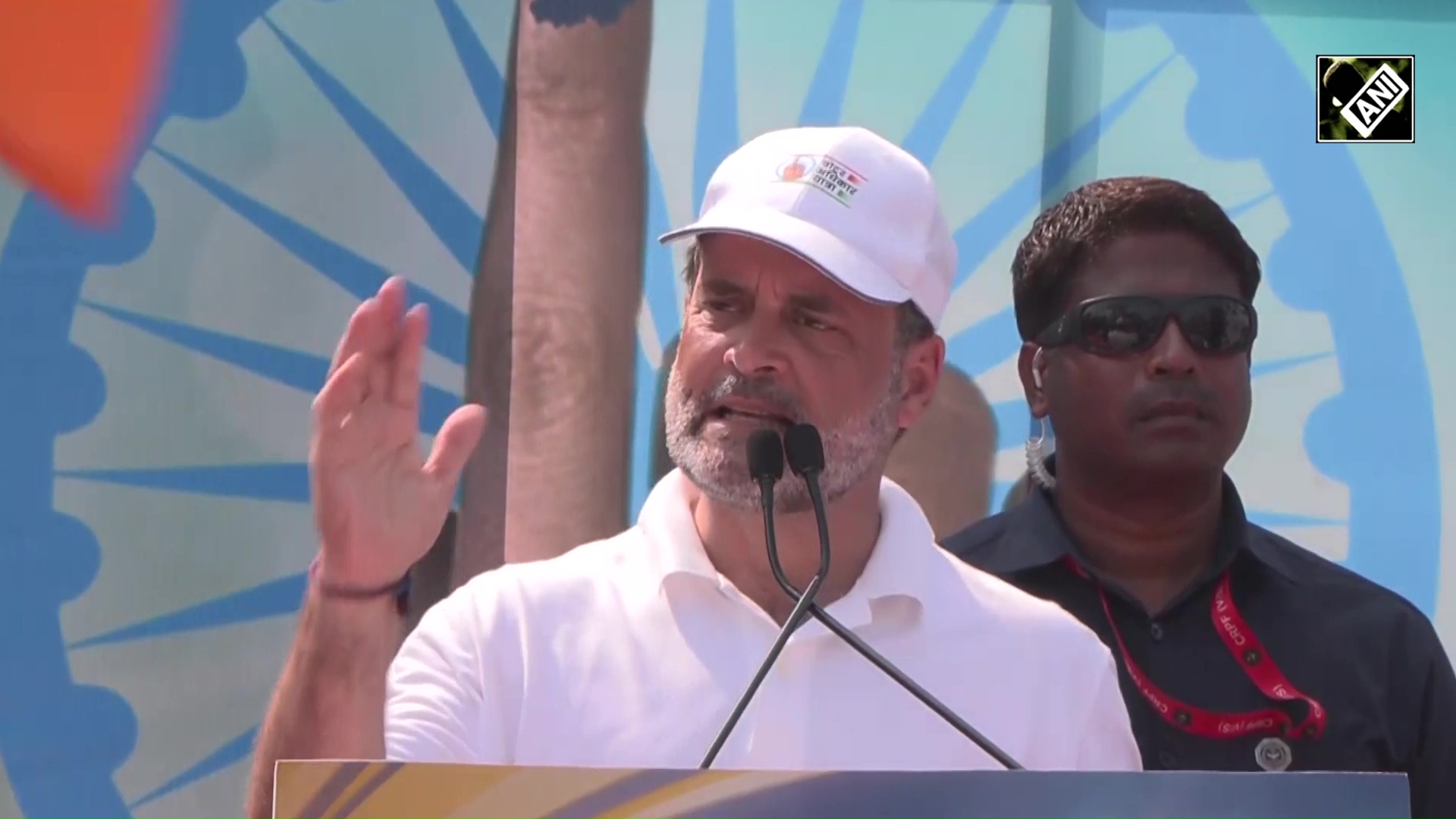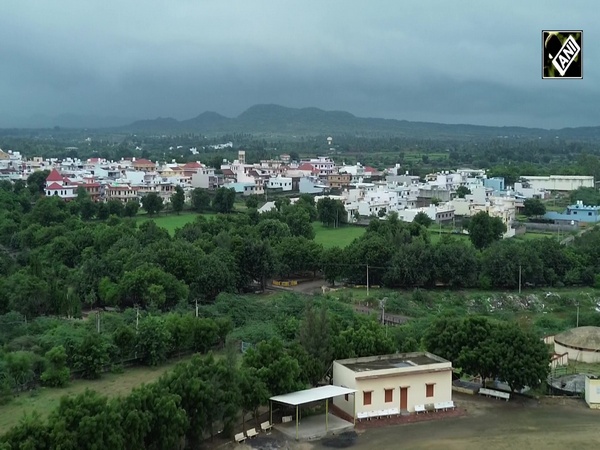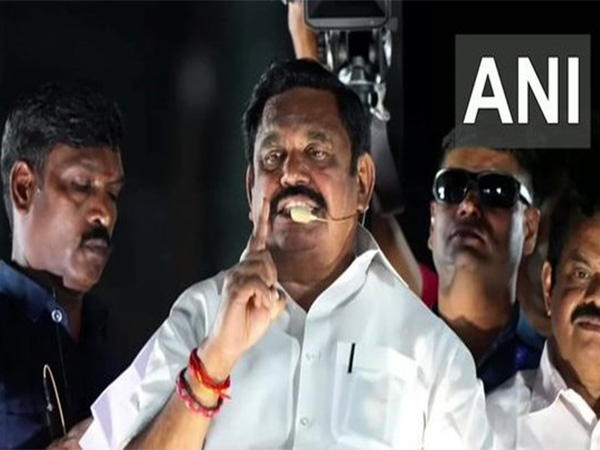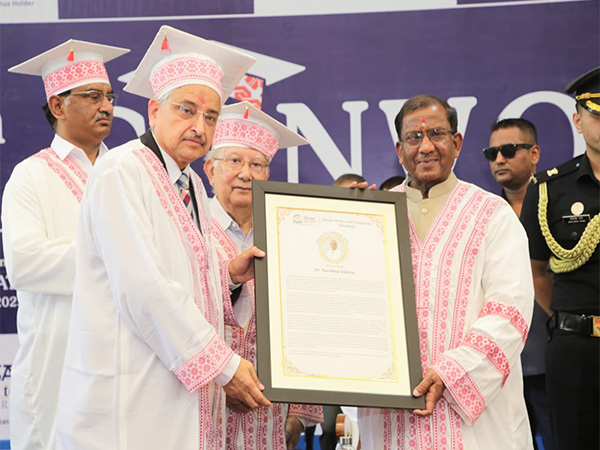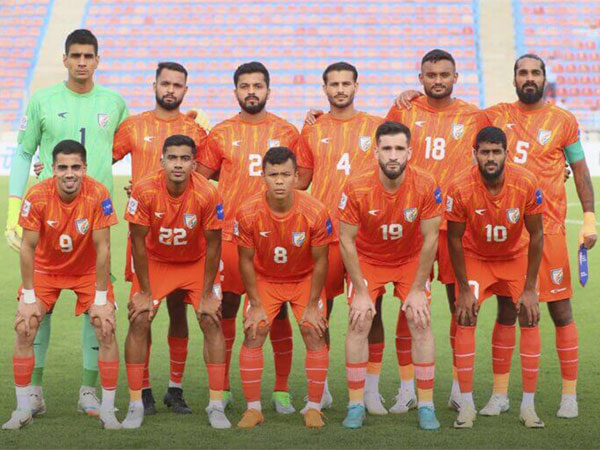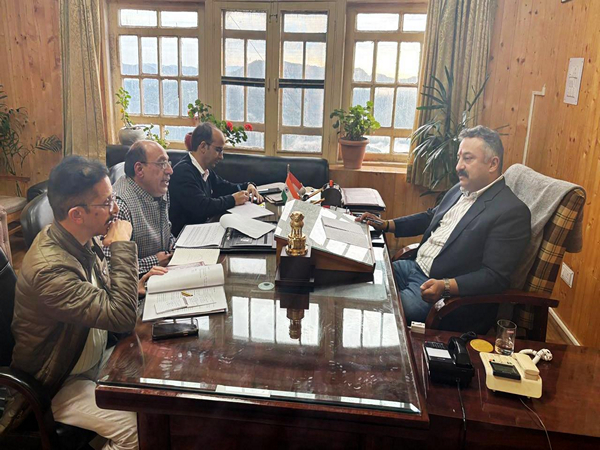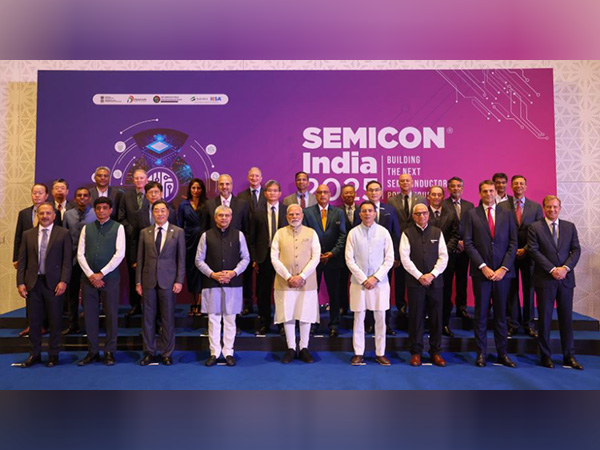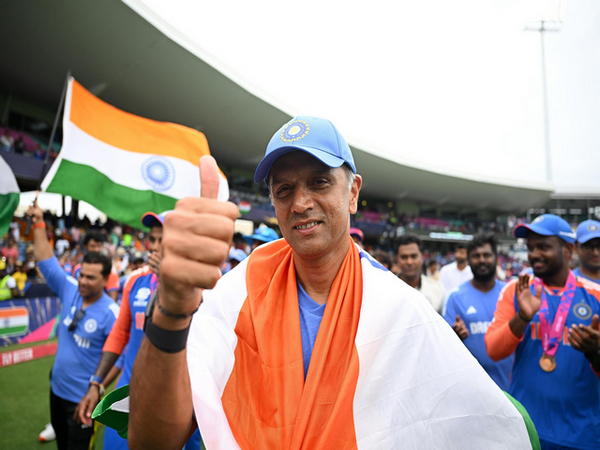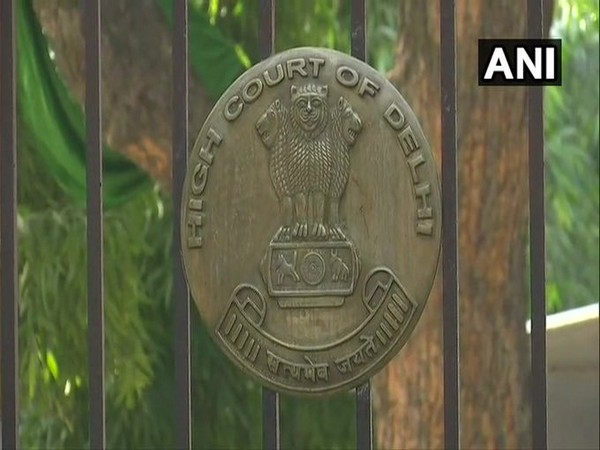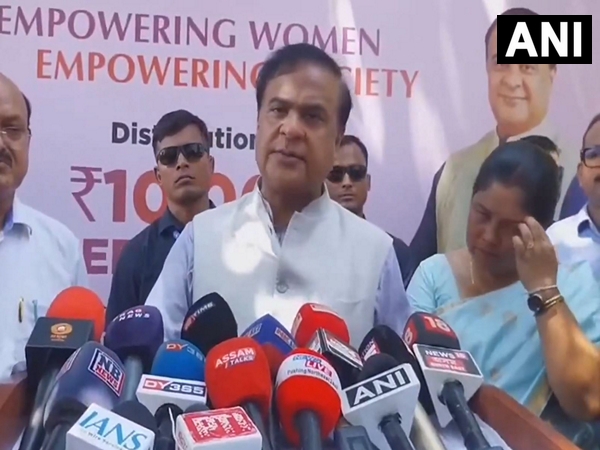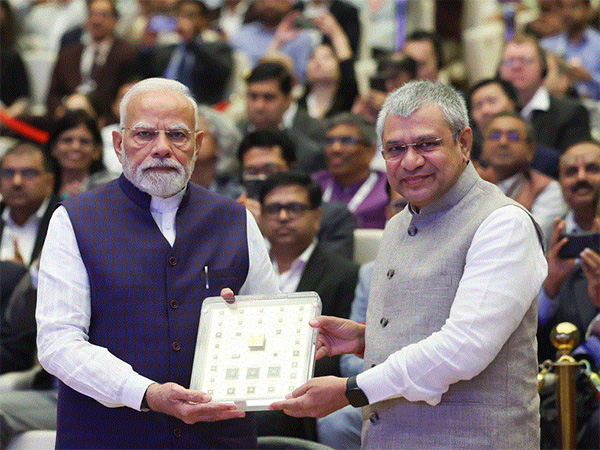
Made in India commercial chips on the horizon: PM Modi presented special semiconductor memento at Semicon India
Sep 03, 2025
New Delhi [India], September 3 : Semicon India 2025 marked a milestone for the country's semiconductor manufacturing ecosystem with the chips from the pilot lines, and from other indigenous sources, were handed over to Prime Minister Narendra Modi as a memento during the inaugural session.
At the inauguration of Semicon India 2025, its fourth edition, PM Modi was presented with a specially curated memento by Union Minister of Electronics and Information Technology, Ashwini Vaishnaw.
The memento comprised 33 semiconductor chips, out of which 20 were designed by Students from 17 universities, 8 by various institutions and rest five by different companies including one from the pilot facility of CG semi in Sanand.
The semiconductor industry in India is still at a nascent stage, with various local and multinational companies setting facilities and the necessary ecosystem to tap its vast potential.
Semiconductors are at the heart of modern technology. They power essential systems in healthcare, transport, communication, defence, and space. As the world moves toward greater digitalisation and automation, semiconductors have become integral to economic security and strategic independence.
In June 2023, the government approved the first proposal for establishing a semiconductor unit in Sanand.
Cut to today, the government has approved 10 semiconductor manufacturing projects with a cumulative investment of more than Rs 1.60 lakh crore in six states: Gujarat, Assam, Uttar Pradesh, Punjab, Odisha, and Andhra Pradesh. Works are underway in several of these projects.
The first Made in India commercial semiconductor is set to roll out from the factory assembly lines later this year.
Underscoring the rapid progress India made in the semiconductor sector, a domain long dominated by a few nations, the Prime Minister, during the inaugural event on Wednesday, had clearly reiterated that commercial chip production will begin this year.
The Prime Minister had informed the gathering that CG Power's pilot plant had commenced operations just a few days ago, and the pilot plant of Kaynes is also about to begin. Test chips from Micron and Tata are already in production.
In just four years, since the launch of the India Semiconductor Mission (ISM) in 2021, India has transformed its semiconductor journey from vision to the verge of reality. To support this vision, the government announced a Rs 76,000 crore Production Linked Incentive (PLI) scheme, of which nearly Rs 65,000 crore has already been committed.
The Ministry of Electronics and Information Technology (MeitY) has already begun work on the next phase of India's semiconductor programme, Semicon 2.0, and is currently holding discussions with the Ministry of Finance and other stakeholders to finalise its contours. Semicon 2.0 will build on the momentum created under the first phase, besides broadening the scope of the mission.
Details of chips included in the memento:
Five of these chips etched in the memento came from leading Indian and global companies -- CG Semi, from the first pilot line inaugurated recently in Sanand, Gujarat; Kaynes Semicon; Micron Semiconductor Technologies; Tata Semiconductor; and the Vikram Processor designed by VSSC, ISRO and fabricated at SCL Mohali.
Another 20 chips were designed by student teams of 17 institutions. Those institutes are University of Calcutta, NIT Puducherry, Osmania University College of Engineering, IIEST Shibpur, V.E.S. Institute of Technology Chembur, Chaitanya Bharathi Institute of Technology, NIT Rourkela, NIT Durgapur, College of Engineering Guindy (Anna University), Institute of Engineering & Technology Devi Ahilya Vishvavidyalaya (IET DAVV), ABVIIITM Gwalior, IIT Jammu, IIT Roorkee, NIT Jalandhar, NIT Silchar, NIT Meghalaya, CDAC Bangalore.
In addition, eight chips were designed by student teams from seven institutions -- SVNIT Surat, NIT Calicut, University of Calcutta, IIT Ropar, IIT (ISM) Dhanbad, NIT Puducherry, and Parala Maharaja Engineering College.
With these developments, India has sent a strong message to the world about its intent to emerge as a global hub for semiconductor manufacturing and design.
